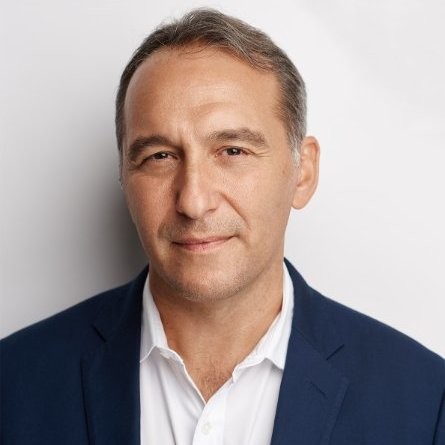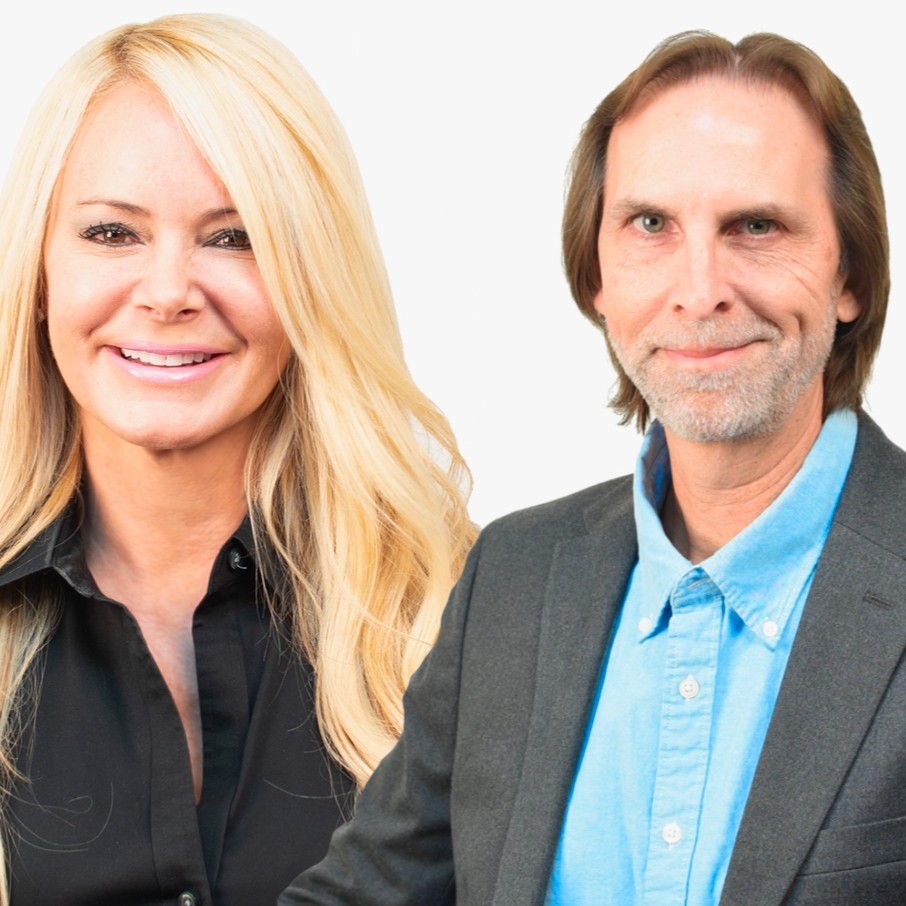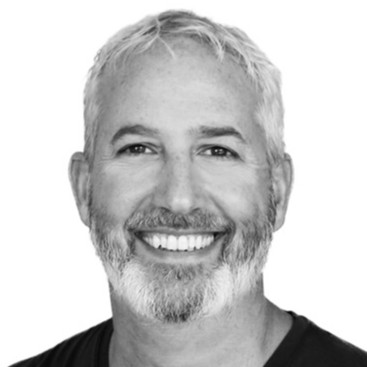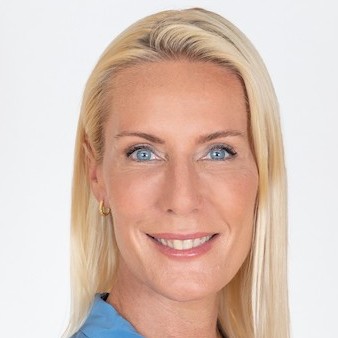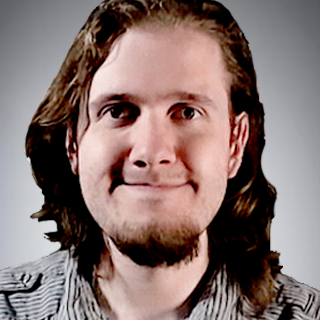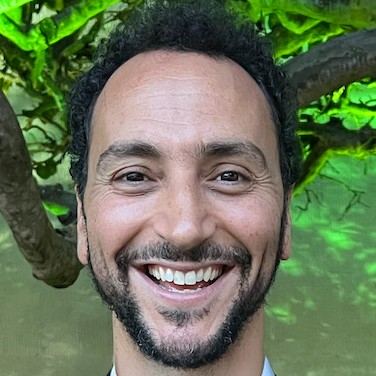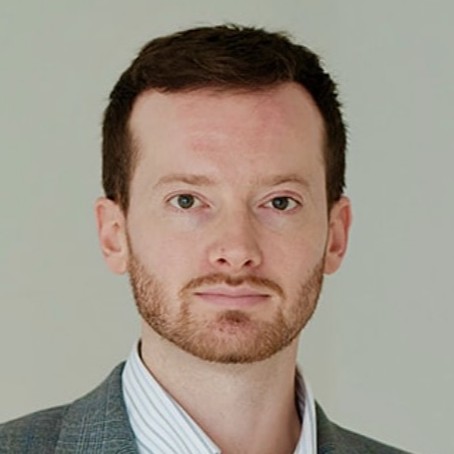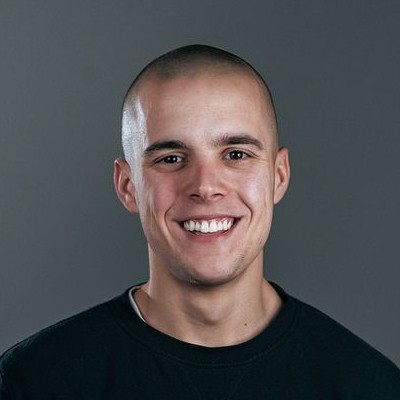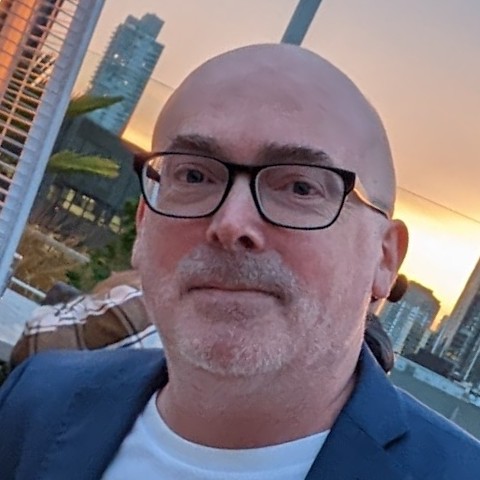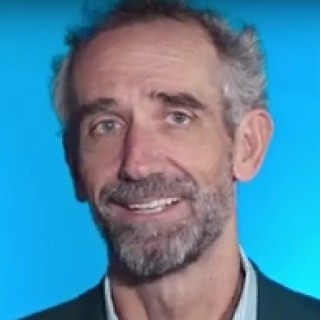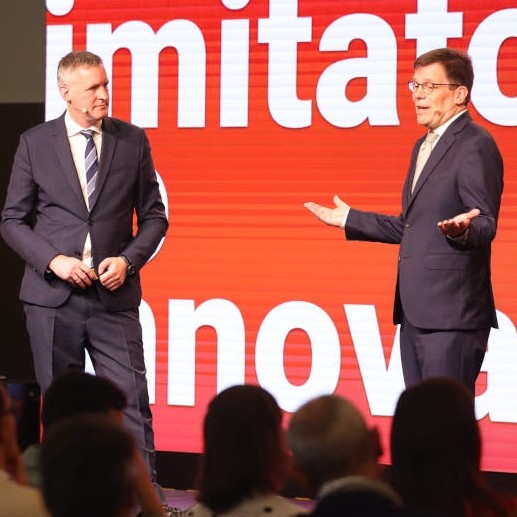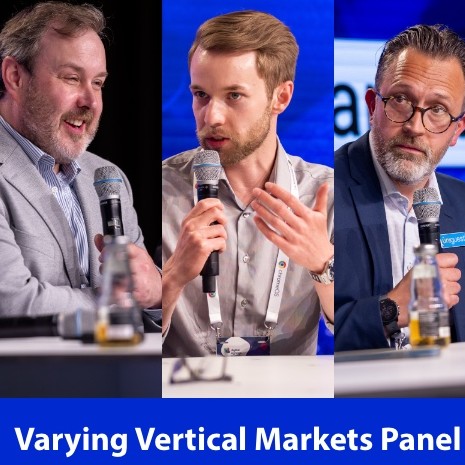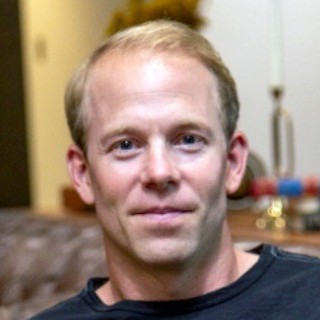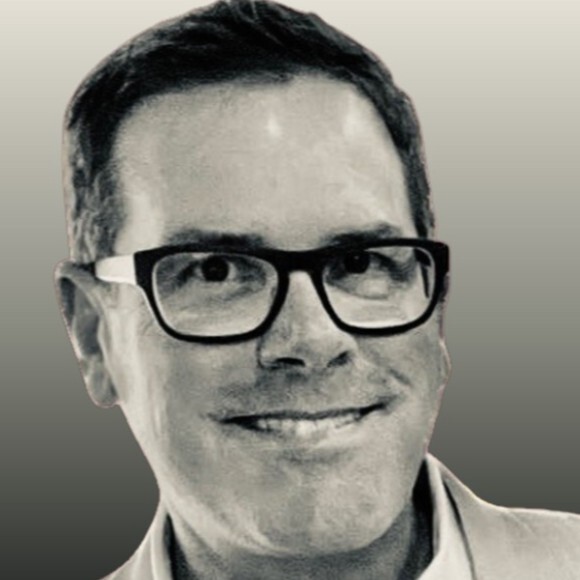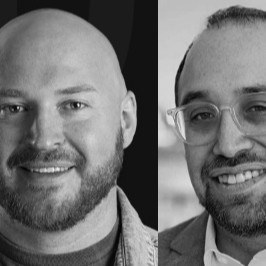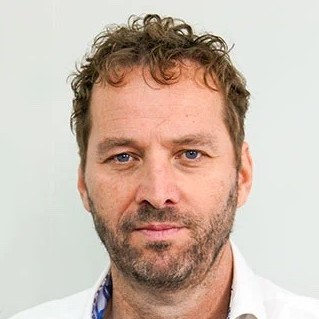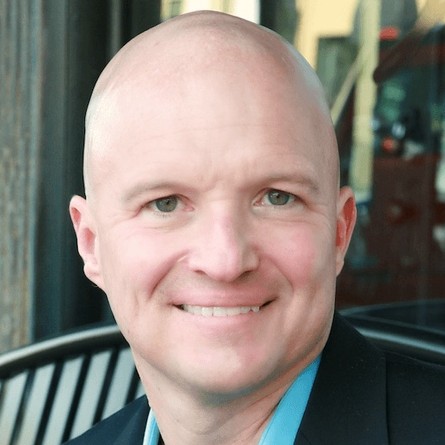Gideon D’Arcangelo, Arup
Description
The 16:9 PODCAST IS SPONSORED BY SCREENFEED – DIGITAL SIGNAGE CONTENT
When an announcement came out about the experiential work being planned for the new Terminal One at New York's JFK Airport, I was familiar with some of the parties involved but not the one guiding it all - a design consultancy called Arup.
I clicked over to LinkedIn and was surprised to learn this wasn't some little boutique company, but a multinational firm with more than 10,000 people.
Arup describes itself as a collective of designers, consultants and experts working across 140 countries. One of the intriguing aspects of the company is that while it has teams very much focused on the creative process, it also has large teams focused on wildly different aspects of projects, like structural engineering and water conservation.
I had a great chat with Gideon D'Arcangelo, a Principal at Arup who is running the JFK project and came over to Arup after many years at the much-respected creative tech firm ESI Design.
Subscribe from wherever you pick up new podcasts.
TRANSCRIPT
Gideon, thank you for joining me. I think the first thing to do is tell me about your company.
Gideon D’Arcangelo: Dave, it’s great to talk with you. Gideon D'Arcangelo, I joined Arup five years ago. I just reached my five-year anniversary of joining. Arup is a global design and engineering firm, 20,000 people strong, with over 90 offices. So, we work at a global scale. We're really joined up globally, and we do all aspects of design. We are a very multidisciplinary firm. We started out as structural engineers. We are a firm that has major projects with the Sydney Opera House and the Center Pompidou.
Arup is a cooperative. It became a cooperative in the 1970s, and so we have members that work globally, and we pride ourselves on our interdisciplinary design and practice something called Total Design, which is the more integrated, the more different disciplines working together, the better the outcomes in the built environment. Our main focus is on sustainable development, and in fact, the United Nations' sustainable development goals are our mission statement for the company and we feel that we can really move the needle since we touched so many projects in the built environment globally, every year, we can really move the needle in that direction.
Interesting. So, I'm curious about the sustainable development part of it. Is that a pivot that the company has made seeing where things are going, or is that kind of always been in the DNA or has been for some time?
Gideon D’Arcangelo: I'm really happy to say that sustainable development has always been in the DNA. Arup's been a leader in this place and has been leading in these concepts of sustainable development for 30+ years, if not longer. There are certain professionals here, Joe De Silva, for example, in the UK, who have been leading in sustainable design and development thinking for over 30 years, and really, we are happy to see that the sustainable advice practice that we have as the world is caught up to really understanding that this is a priority and a necessity. So not a pivot at all. In fact, something that we're just really happy to see is that everyone is focusing on it and prioritizing it as much as the firm is.
I was recently at a conference in Europe about digital signage. One of the major discussion points was what they coined as green signage and the whole idea of sustainability. I led a number of panels, one focused on the North American market, and I told the audience and confirmed it with the North American panelists.
While green signage is a big deal, and there's a lot of discussion around sustainability in Europe and other parts of the world, it's barely on the radar in the US and Canada, perhaps to a lesser degree, with a notable exception, maybe very large corporations, but most businesses really aren't talking about it yet.
Gideon D’Arcangelo: I think that's right that America tends to be and in Canada, North America tends to be a bit behind on this, and you get the leadership from Europe, from the UK, other parts of the world, I think, because resources are more constrained over there, frankly, and they're getting to understand the limitations of resources.
They're better than we do here yet, but everyone has come to terms with that quickly. So we tend to learn a lot from what's happening in Europe and bring it to the Americas because we know it's what's coming next.
Yeah. Some of the European guys were saying just about any RFP or tender that you get that's right up top, they want to know about your sustainability point of view and practices as well. One of the American guys said that in the last three years, we've never seen it in a tender; it's not even stipulated.
Gideon D’Arcangelo: Yeah, it'll get there. It'll get there. It reminds me just of a project that I did at ESI back in 2015 for PNC Bank. PNC Bank, you may know, has just been a leader in the sustainable development of their real estate fleet for years, and there was a wonderful man named Gary Salson at the time, who was the director of real estate and commissioned the PNC Tower in downtown Pittsburgh, which at the time was the greenest sky riser and among the top 5 greenest sky rises on earth really pushed the envelope in terms of green design of a building.
I was at ESI at the time, and we were commissioned to create a digital display component, the sculpture component is part of the lobby experience. That was intended to give the building a voice and have it talk about how it was using resources or how it was saving resources really ahead of its time, fantastic project, and for that, we had to design our own canvas, our own display, because we couldn't put a big energy hog in the building to tell the story of the building. It was an interesting design challenge.
So you were at ESI for a whole bunch of years, right?
Gideon D’Arcangelo: I was at ESI for 24 years, so yeah, a long time. That's where I grew up in my career.
Fantastic experience. What was your role there by the time you moved on?
Gideon D’Arcangelo: I was in the organization's leadership by the time I moved on. I also led our business development and marketing. In the end, there, I became a multidisciplinary creative director on some of our projects, for example, leading the design lead on this PNC Beacon Project.
I joined the firm as a UX designer. We called it an interactive media designer in the mid-90s when I joined the firm.
Almost pre-digital.
Gideon D’Arcangelo: Yeah, it was right at the cusp of all that stuff, and ESI was always leading edge in that regard, and we had a team of people that did interactive design when there were very few people in New York City at least the very few firms doing that at the time.
So that's how I grew up doing UX/UI designs for Museum interfaces. I was always into working in the built environment, creating some interesting museums and corporate programs. But over time, being there as long as I could, I was able to move into the position of design lead, where I could speak to the different disciplines required to deliver these experiences.
So we have physical designers, technology designers, hardware folks, software designers in both front and backend software design, visual design, graphic design, both static and motion, and content people as well as writers who are in practice. Directing that whole team together, is how you get these comprehensive experiences, and so that was what I was doing at ESI by the end of my career.
And it's the kind of company that while it's substantially in that particular space, in comparison to a rep or those kinds of companies quite small and you would have been contracted into projects like PNC and so on, as opposed to leading them versus I assume now with the rep that you guys are largely leading these projects.
Gideon D’Arcangelo: That's right. It's a different dynamic. When I moved to Arup, it was really about making a jump in scale and so from working in a 50-person boutique pioneering innovative firm in New York for a couple of decades, going to a global firm that's operating at a whole different level of scale, really excited me, and I thought this was a really interesting place to experience design because it was being recognized in the marketplace in different ways.
Various architecture firms were building up their experience in design practices. Arup was really interesting to me because it's primarily an engineering firm and so brings the deep technical acumen that no architecture firm could really bring to the table. So, I was attracted to a firm like Arup that could push into the next generation of experience design at much larger scales than we've ever seen it before.
So would you be competing for jobs with the populaces of the world in Gensler, or are they a different element of it?
Gideon D’Arcangelo: Again, it all just depends on the context. We work with the populace. We work with Gensler all the time in various capacities on very big projects. There are ways to carve out scope for an Arup alongside our partners like populace and Gensler.
In some cases, we might find ourselves going up against each other for a certain piece of scope. All you know is that just happens in the course of business, depending on the client's situation and the way the scope has been described.
I'm guessing massive projects, but, at th

